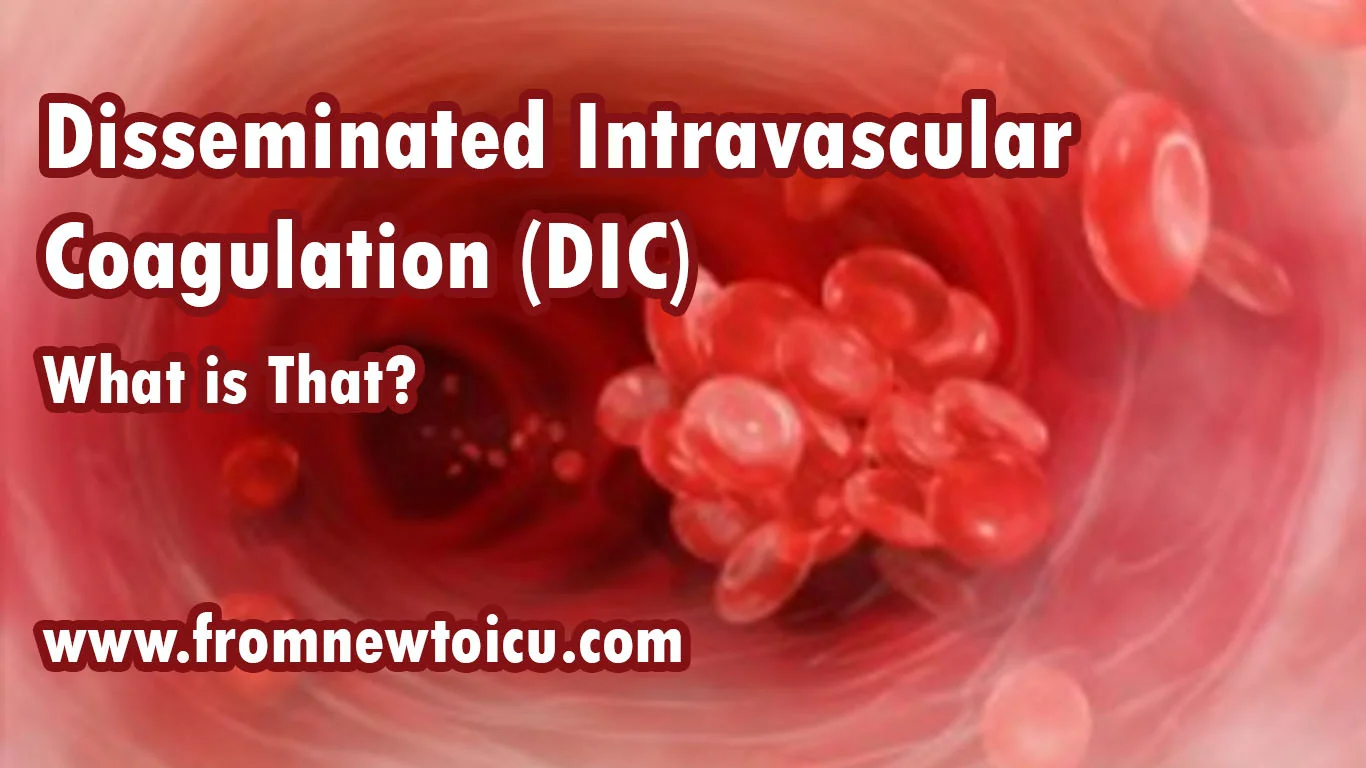Disseminated Intravascular Coagulation (DIC)
What is Disseminated Intravascular Coagulation (DIC)? DIC is a blood disorder which causes many microclots to form throughout the body, blocking small blood vessels. This can reduce blood flow to major organs resulting in organ failure. As the blood continues to form excessive amounts of clots, platelets are used up which depletes the body of its number one defense against bleeding. Without usable platelets, these patients are at very high risk for bleeding, hemorrhagic shock, and death.
Causes
DIC develops when the proteins controlling clotting become overly active producing a large amount of microclots. There are a variety of risk factors which contribute to this condition:
- Blood transfusion reaction
- Brain injuries or crushing injuries
- Cancer
- Inflammation of the pancreas (pancreatitis)
- Venomous snake bites
- Infection in the blood
- Liver disease
- Severe tissue injury including burns
- Pregnancy complications (such as placenta that is left behind after delivery)
- Recent surgery or anesthesia
Symptoms & Diagnosis
The first symptom that is usually noticed with DIC is excessive bleeding. Patients will start bleeding from every opening in their bodies: eyes, ears, nose, mouth, IV sites, urine, etc. It is quite a morbid sight when patients develop this condition. They may also bruise very easily and develop petechiae (tiny red dots from bleeding capillaries) on the skin.
The diagnosis is found in the lab work. Platelet and fibrinogen (a clotting factor) counts are very low because they have all been used to create miniclots. Prothrombin (PT) and partial thromboplastin time (PTT) will be prolonged with DIC because coagulation factors have already been consumed. The D-dimer lab test detects a protein that results from clot breakdown; it will be elevated in DIC.
Treatment
Many might think that if your platelets are low, maybe you should give more platelets to combat the bleeding? The answer is usually "no" The body will continue to create clots with any platelets that are present. Plasma may be given to decrease INR and promote clotting. The goal is to keep the patient as stable as possible until the cause of the DIC has resolved.
One method of combating DIC is to give IV heparin to thin the blood, also seeming counter intuitive. This will decrease the amount of clots the body is trying to form and allow for better perfusion to the patient's organs.







